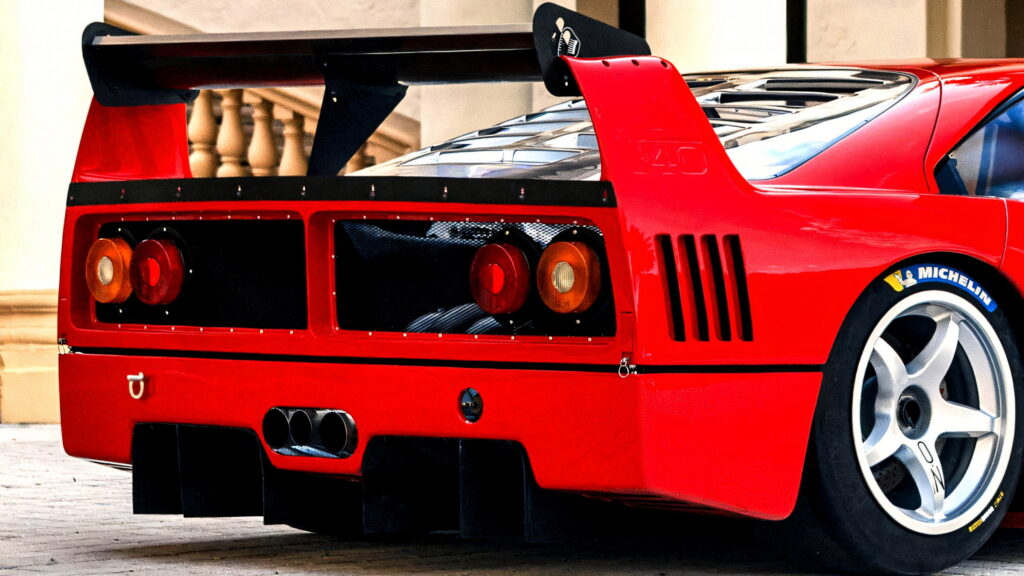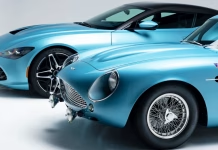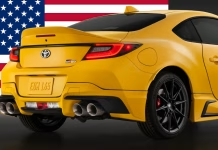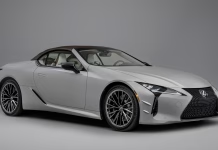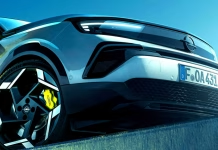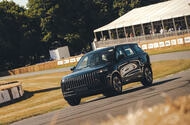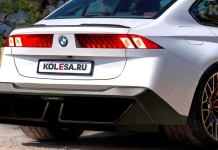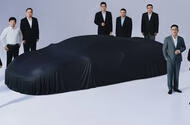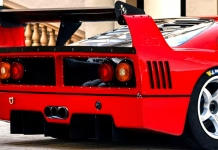Ultra-Rare Aston Martin Zagato Duo Hits Auction at a Stunning Discount
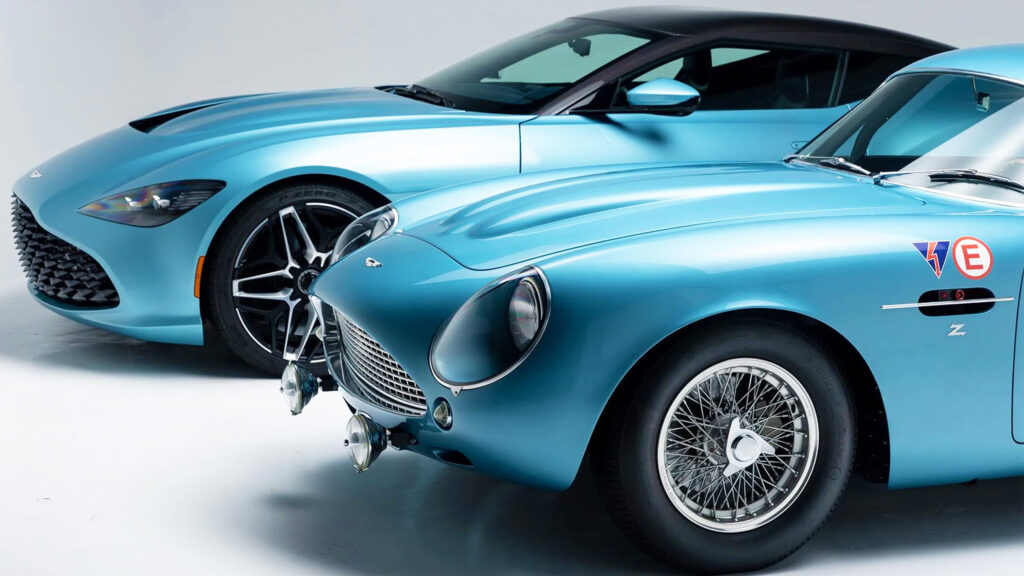
New Tariffs Set to Raise Prices on Japanese Cars as Europe Awaits Similar Moves
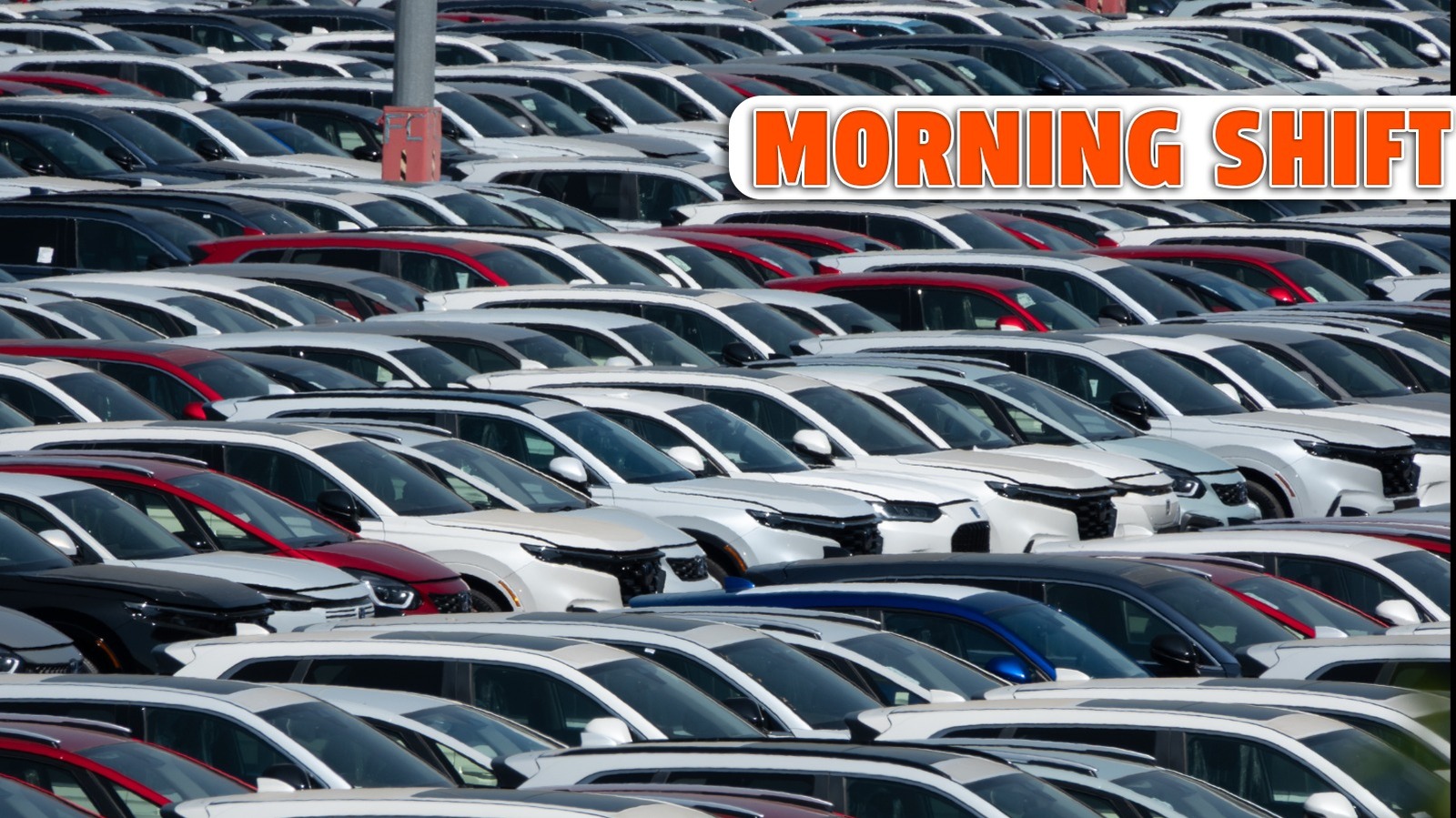
Japan Scores Tariff Win as US Auto Tensions Boil Over

Lexus Drops LC 500h Hybrid After Disappointing US Sales
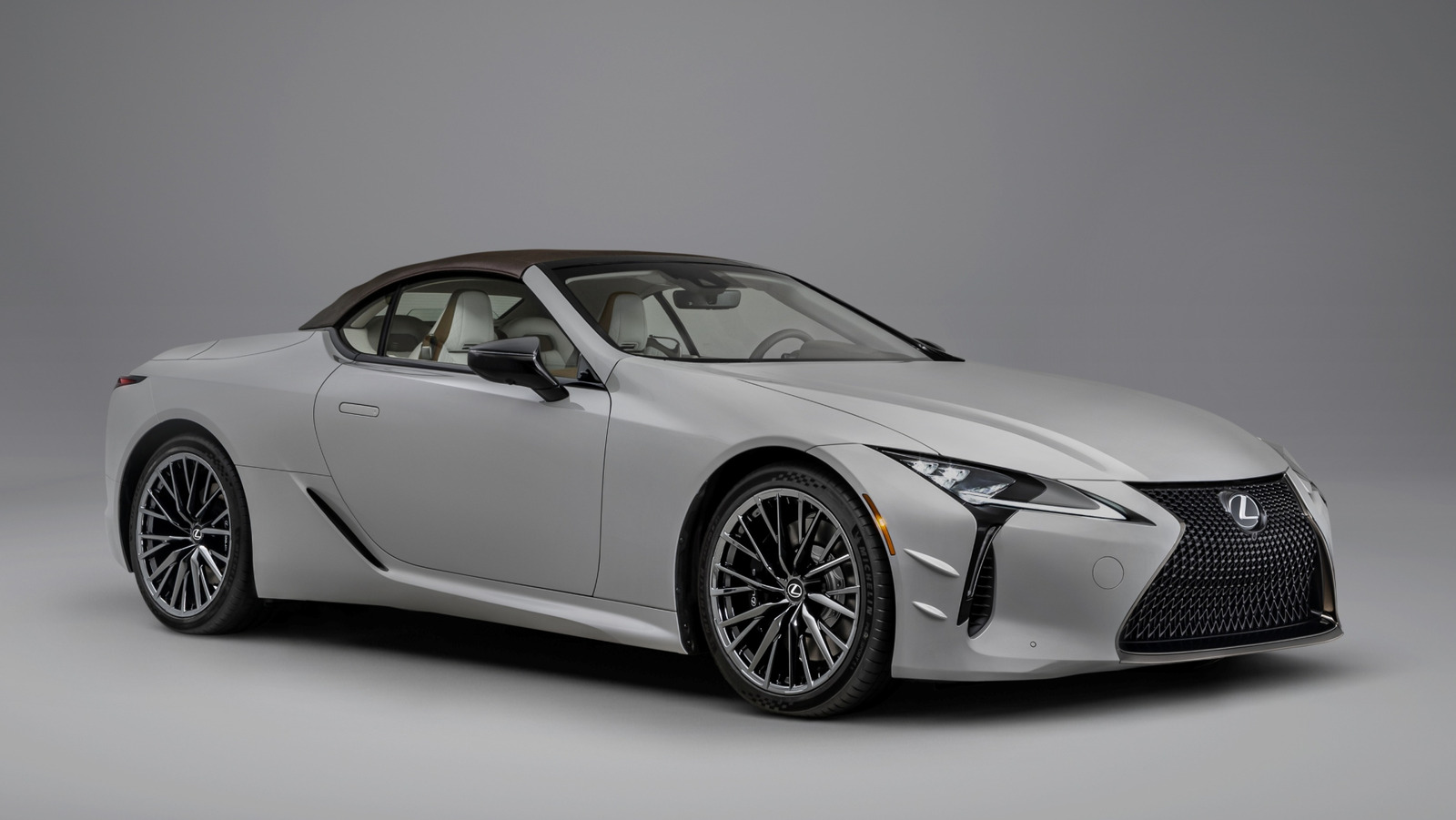
Opel Mokka GSE Unleashed Europe’s Fastest Electric Compact SUV Redefines Performance

Jaecoo 5 Launches as Affordable Evoque Rival with Striking Design and Tech-Packed Features
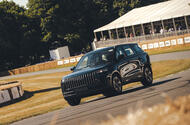 The crossover joins the larger 7 as the second car in Chery-owned Jaecoo's line-up; will get ICE and EV variants
The crossover joins the larger 7 as the second car in Chery-owned Jaecoo's line-up; will get ICE and EV variants
The Range Rover Evoque-rivalling Jaecoo 5 will go on sale this summer, priced from £24,505.
The 5 will become the second model in the Chery-owned brand’s UK range following the popular 7, which has amassed 8399 sales so far this year.
At launch, the 5 will be powered by a 145bhp 1.6-litre turbocharged petrol engine. Details on the EV variant will follow in the “coming weeks”.
Visually, the Jaecoo 5 is a shrunken version of the 7, with near-identical front and rear end designs, but with a shorter wheelbase and a more raked roofline.
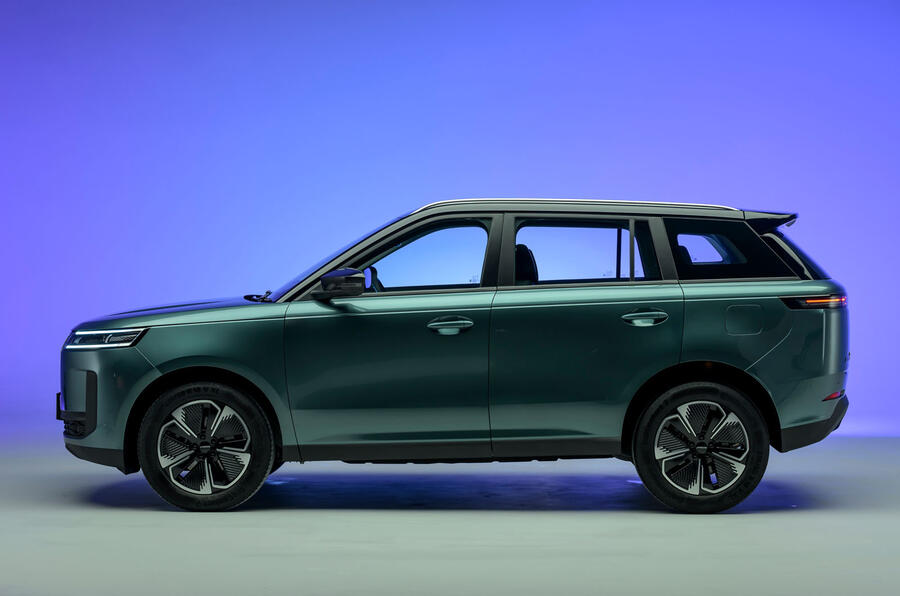
The entry-level 5 comes with a 13.2in vertical touchscreen, wireless Apple CarPlay and Android Auto, and all-round parking cameras.
The 5 will be sold in two trim levels: Pure and Luxury. Entry-level equipment includes a six-speaker audio system, six-way adjustable seats, and wireless Apple CarPlay and Android Auto. For £28,000, Luxury trim adds a panoramic roof, wireless phone charging, and heated and ventilated front seats.
BMW’s Electric M3 Redefines Performance with Bold Design and 700-HP Power
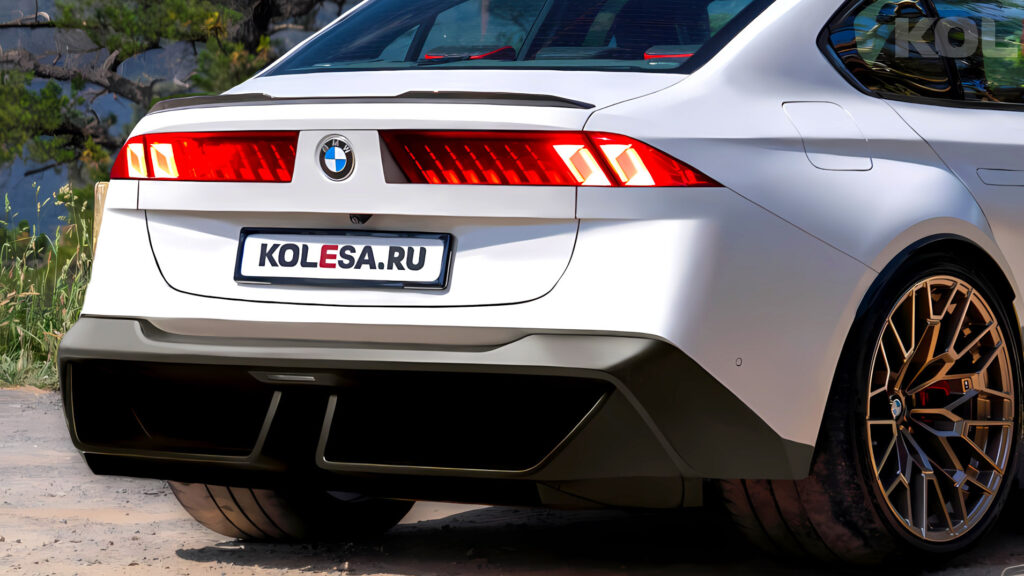
Inside Tesla’s Diner Menu: Overpriced Dishes and Outdated Memes Unveiled
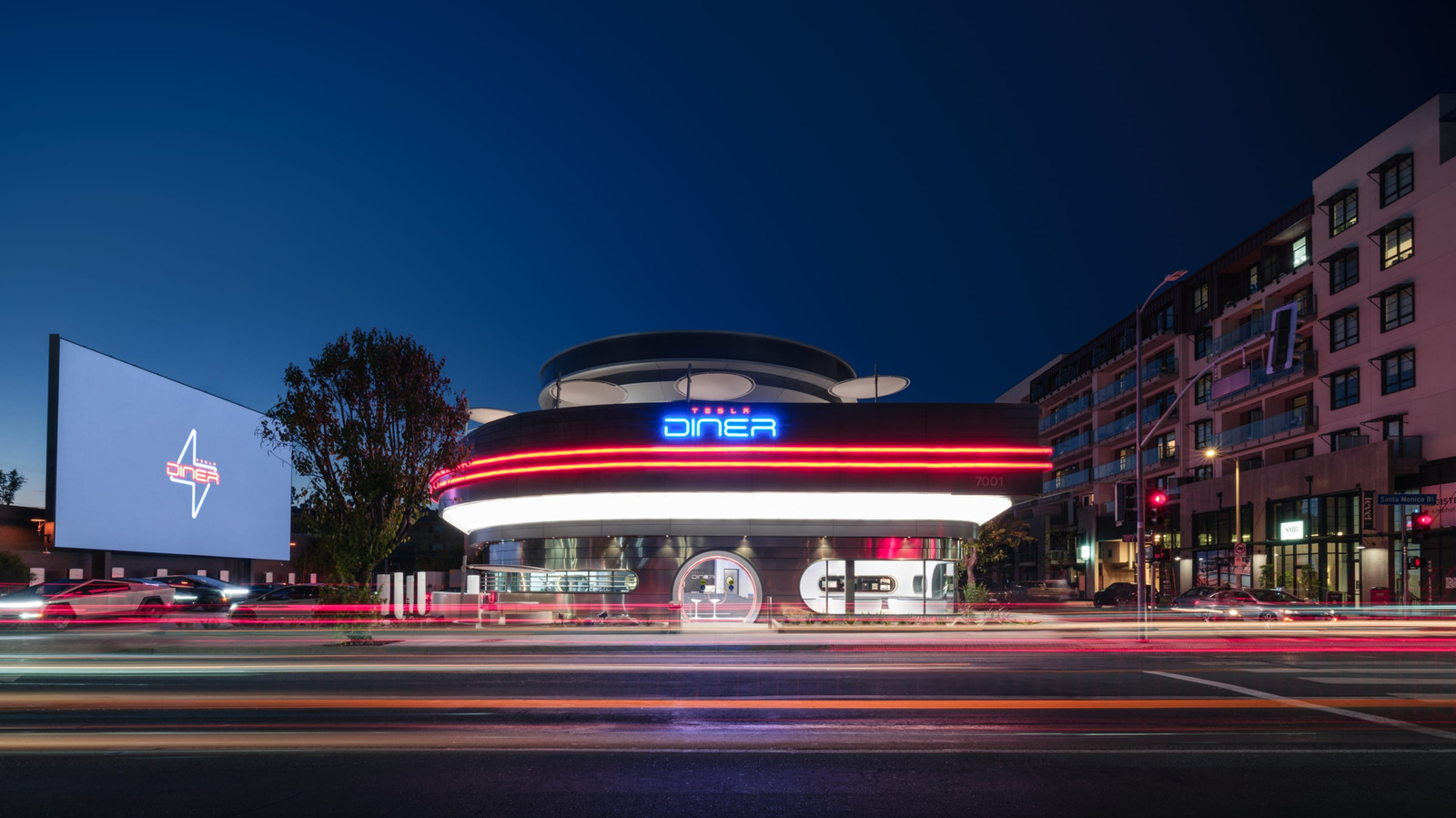
Great Wall Motors Unveils Confidence Auto Supercar to Rival Ferrari and McLaren with Powerful...
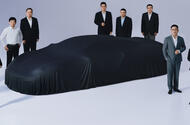
Preview hints at mid-engined proportionsGreat Wall Motors' Yangwang U9 rival could be first car to use the company's new twin-turbo 4.0-litre V8
Great Wall Motors, the Chinese manufacturer of the Ora 03 and Haval Jolion Pro, is poised to take on the Ferrari 296 and McLaren Artura with a new flagship supercar.
The surprising news was revealed by company chairman Wei Jianjun, who posted a photo on China's Weibo social media platform to mark the 35th anniversary of Great Wall Motors (GWM), showing the company bosses gathered around the cloaked silhouette of what is obviously a sleek, mid-engined supercar.
Earlier this year, Great Wall's chief technology officer Wu Huixiao confirmed to Chinese media that the firm had been working on a supercar for five years, revealing that it has a carbon tub and promising that it "will be better" than European rivals, after chairman Jianjun was seen driving a Ferrari SF90.
Hebei-based GWM is one of China's oldest and largest vehicle manufacturers, having delivered 1.23 million vehicles globally last year. Along with the Ora and Haval marques it sells here, it owns pick-up manufacturer Poer (due in the UK soon), premium crossover brand Wey and Tank - an off-road SUV maker.
The supercar is expected to be the first model from a newly established range-topping brand called Confidence Auto, which will be positioned far above GWM's existing brands as a rival to compatriot BYD's Yangwang marque - itself set for an imminent European roll-out.
More specifically, GWM's supercar will be a close rival to the Yangwang U9, a 1250bhp, 240mph super-EV that can jump on the spot and has gone around the Nürburgring in 7mins 18secs - making it one of the fastest production EVs at the German track.
GWM has yet to offer any indication of how its new flagship stacks up against the U9, but it could be among the first models to use the company's new self-developed 4.0-litre V8, which it revealed at the Shanghai motor show earlier this year.
Aside from confirming that it uses a pair of turbochargers, GWM has yet to reveal any specifications of its new V8, but reports suggest it could put out as much as 600bhp and 590lb ft on its own.
The supercar's combustion motor, though – whether the V8 or perhaps GWM's older V6 – will be part of a performance-focused plug-in hybrid powertrain – similar to the McLaren Artura, Ferrari 296 and Lamborghini Temerario – so its total outputs will be far greater.
GWM has yet to confirm a reveal date, but the Guangzhou motor show – one of the biggest events in the Chinese automotive calendar – takes place at the end of November.
Ultra-Rare Ferrari F40 LM Roars to Auction With 760 HP and Racing Pedigree
